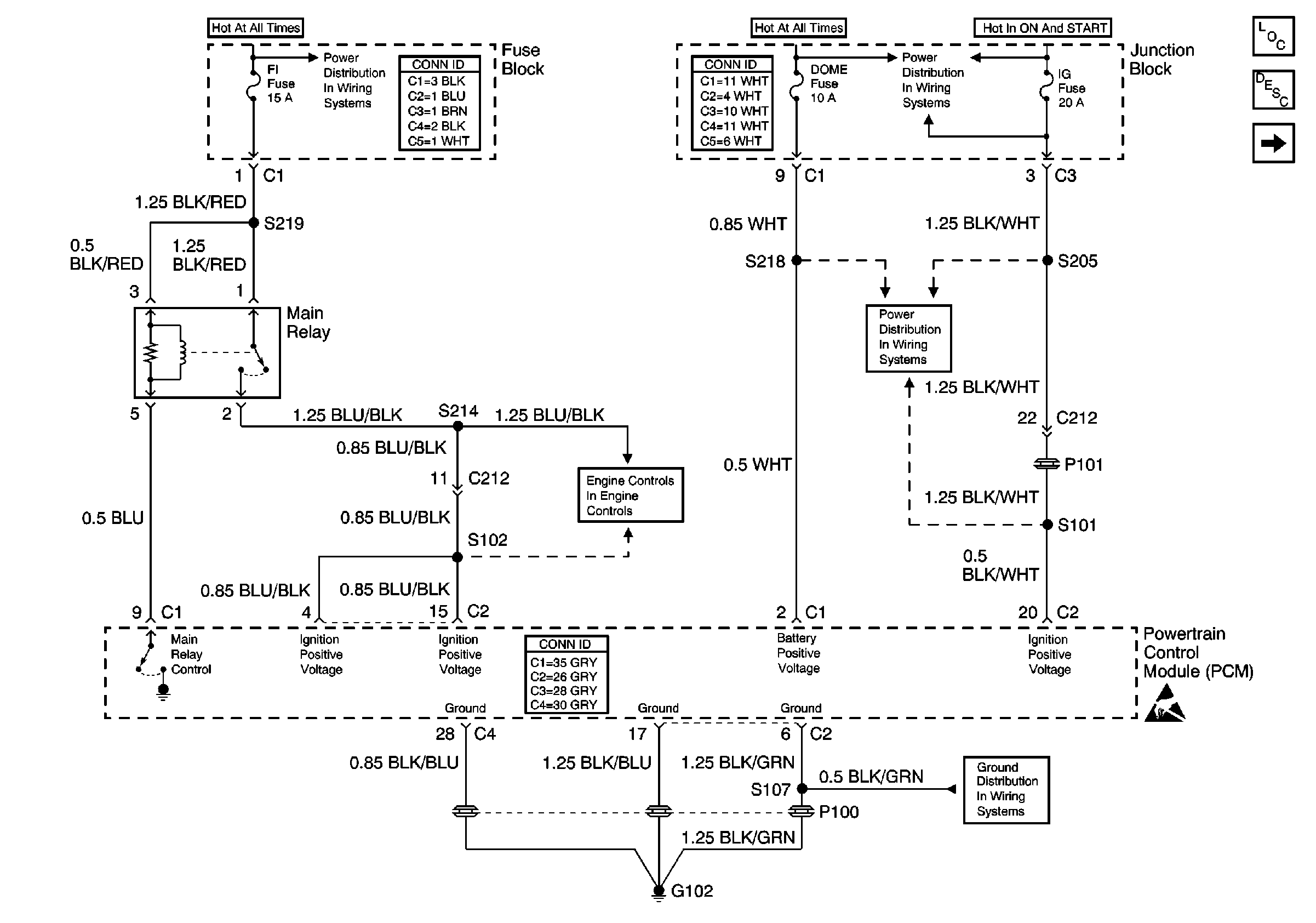Hard Start
Checks
| Action
|
DEFINITION: The engine cranks OK,
but does not start for a long time. The engine does eventually run, or may
start, but immediately dies.
|
Preliminary Checks
| Refer to
Diagnostic System Check - Engine Controls
.
| • | Make sure the driver is using the correct starting procedure. |
|
Sensor Checks
|
| • | Inspect for a shifted or fixed engine coolant temperature (ECT)
sensor. Test the engine coolant temperature (ECT) sensor using a scan tool
to compare the engine coolant temperature with the ambient air temperature
on a cold engine. If the coolant temperature reading is 5°C (9°F)
more or less than the ambient air temperature on a cold engine, check
for a high resistance in the coolant sensor circuit or the sensor
itself. Refer to
Temperature Versus Resistance
. |
| • | Check the throttle position (TP) sensor. A sticking throttle shaft
or a binding throttle linkage will causes a high TP sensor voltage (open
throttle indication). Under these conditions the powertrain control module
(PCM) may not control the idle. Monitor the TP sensor voltage
with the scan tool or a voltmeter. The indicated voltage should
be less than 1.25 volts with throttle closed. |
|
Fuel
System Checks
|
|
Ignition System Checks
|
|
Additional Checks
|
| • | Check for no crank signal to the PCM. In order to provide improved
cold engine starting, the PCM delivers a richer fuel injector pulse on a
cold engine when the crank signal is present. Observe the Starter
Switch parameter on the scan tool while cranking the engine. A faulty
crank signal circuit will NOT cause a no start, only a longer start time
under harsh conditions. |
| • | Check the PCM grounds and engine grounds for clean and tight connections
in the correct locations. Refer to
Power and Ground

. |
| • | Check for service bulletin updates or information. |
|

